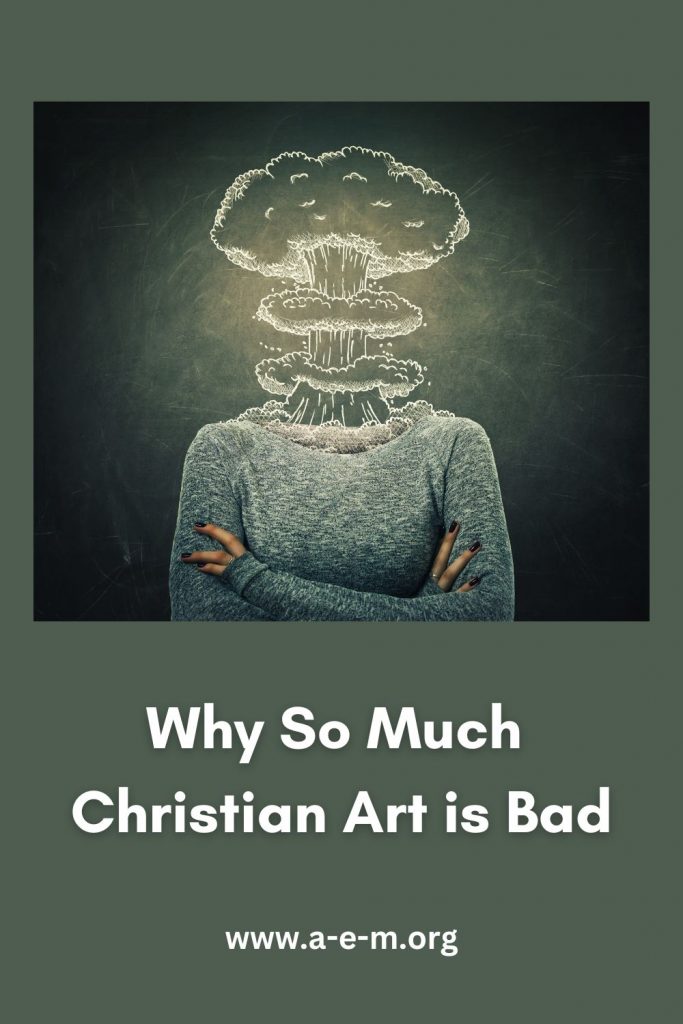Why So Much Christian Art is Bad
For centuries, Christians were making the best music, writing the best stories and painting the greatest masterpieces. What has happened? Now we are more likely to question the quality and craft of art made by a Christian?
The truth is this: it’s bad theology, and a naive approach to art that does not glorify God, it does not engage the mainstream audience.
Learn what keeps tripping up Christians and learn what is necessary to make greater art:
Let us know your thoughts in the comments below!
Copyright © 2022 Joel & Michelle Pelsue. All Rights Reserved. Used with Permission.


20 comments on “Why So Much Christian Art is Bad”